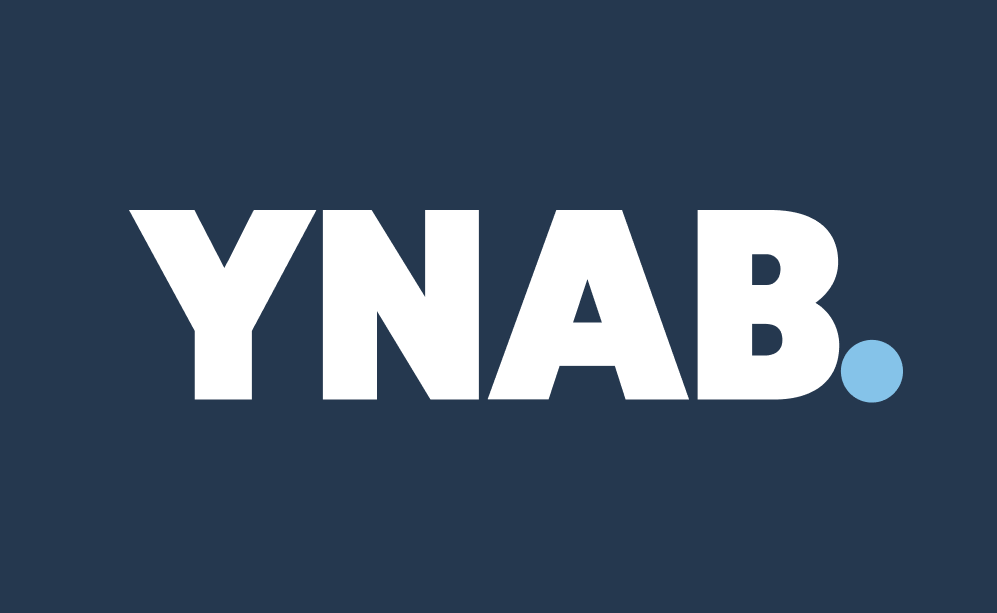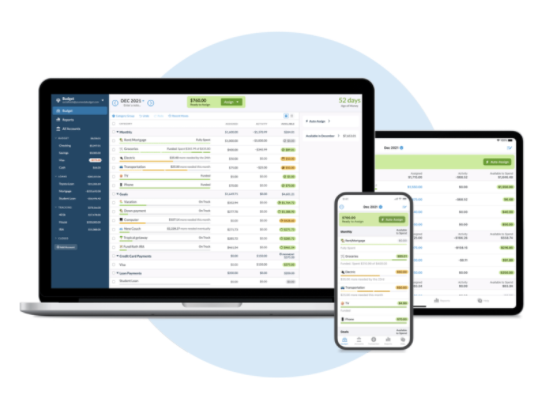![]() Tracking Equals Knowledge
Tracking Equals Knowledge![]() Use YNAB to Track Your Spending
Use YNAB to Track Your Spending
Finding extra cash to save and invest can be difficult. In this post, I will outline the reasons why tracking your spending is so powerful.
It’s a commonly talked about, but rarely completed savings superpower; a superpower that pays you back not only today, but every day.
Tracking Equals Knowledge
Tracking your spending provides you with the data to change your spending habits. The knowledge of where your money is going combined with the 10-year mindset and you have a recipe for financial success.
Tracking Your Spending allows you to:
1. See the Real Picture
Tracking avoids the pitfalls of missed expenses. Our memory has its limitations and we humans underestimate (sometimes by a lot) our actual expenses. Remembering recent purchases, even as recent as today, is a challenging task.
I’ve had many times when I mentally add up my expenses on an errand run and grossly underestimate the actual amount. Now imagine this repeatedly, for a week, a month, a year.
2. Identify Areas of Change
With little effort, you can stop the leaks and plug holes in your spending. Are you paying for fees or subscriptions you forgot about? Has your home insurance steadily increased over the last two years?
I realized my home insurance premiums were going up steadily, 10-15% per year, yet my coverage was increasing by single digits. I made the switch at renewal time that saved me $900/yr.
3. Focus on What You Value
The Fioneers have a nice writeup about intentional spending, which is putting money into things you value. Data shows you get more enjoyment from focusing on these high-value expenditures. And I don’t mean luxury items, but things that increase your happiness and contentment (experiences over things).
But don’t ignore quality products either. There is something to be said about enjoying yourself in a hobby. Higher-quality products that have great features and longevity will not only save you money from replacing cheaper options, it also increases your enjoyment each time you use it.
Check out Ramit Sethi. He has a very useful list of money dials to get you started on understanding what you value.
- Convenience
- Travel
- Health
- Experiences
- Freedom
- Relationships
- Generosity
- Luxury
- Social Status
- Self-Improvement
This past year was a year of convenience. It was stressful with Covid and three young kids. My wife does most of the cooking and I’m not great in the kitchen so I used Skip the Dishes a lot. This was my way of repaying her with an enjoyable meal. We looked forward to this weekly ritual that provided us a way to relax and connect once the kids were in bed.
Was it expensive? Yes. Looking back at the numbers, the actual amount surprised me. But, it was another year of mental health where the focus was convenience and rest.
This year I’ve already added some new focus. Experiences and relationships. So far, I’ve taken my wife on a weekend getaway for the two of us (NO KIDS!) and I’ve also been on a ski trip with a great group of guys.
4. Limit Lifestyle Inflation
Lifestyle Inflation is when your expenses increase along with an increase in your income. But if you have your spending dialed in, you’re less likely to go out and buy new things because you “deserve” them. Treating yourself for hard work is totally acceptable, but try to stay away from “treats” that have a time commitment attached to them (i.e. payment plans and subscriptions).
My recent “treat” is an electronic height-adjustable desk for my home workspace. It’s 30×72 and I love it, I just have to keep the kids away from the buttons!
5. Know Your FI Number
Based on the 25x rule, knowing your fixed and discretionary spending is the best way to plan for your future retirement needs.
For every dollar you spend, you need 25 dollars in retirement. That means, if you spend $100,000/yr, that’s $2.5 million!
If you don’t know what your expenses are, you have a higher chance of missing something.
6. Stop Impulse Buys
Like tracking the food you eat, if you are going to log it, you’ll probably reconsider. Tracking adds another layer of thought to help curb impulse buys and that may be enough friction to not make that purchase.
Use YNAB to Track Your Spending
Disclaimer: This section contains referral links for YNAB.

In my experience, the easiest way to track your spending is to use YNAB (You Need a Budget). I’ve been using it for over 4 years and I absolutely love it!
It’s marketed as a budgeting app, but I prefer to think of YNAB as a tracking tool with the added benefit of budgeting (I’m a whack-a-mole/WAM expert).
I previously used excel for many years, which is more labour intensive and is prone to being out of date. I’ve used Quicken for a short while, but it didn’t stick. With YNAB, I’ve been able to stay consistent.
YNAB can synchronize with your banking to pull in transactions and it has a great app to track on the fly and they will match up later.
There is a bit of a learning curve with YNAB (for credit cards mostly), for which they have free webinars and lots of help articles. It’s a very popular tool in the personal finance space and with good reason.

Final Thoughts
Tracking your spending takes time and effort…and it’s worth it.
It sucks – I’m asking you to put effort into tracking your spending. That may sound like a chore, but nobody cares more about your money than you do, so you have to be the one to do it.
Anything worthwhile takes practise, patience, and consistency. The more consistent your tracking, the better the results.
There will be stops and starts. I’ve been through many of them, but I always come back to try again. Effort over time wins.
Knowledge is power and with tracking comes the power of knowing where your money is going. It’s a savings superpower for all the reasons I listed above and more.
Take your finances into your own hands and start today. You’ll be happy you did.
Leave a Reply